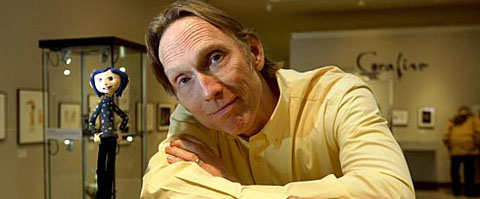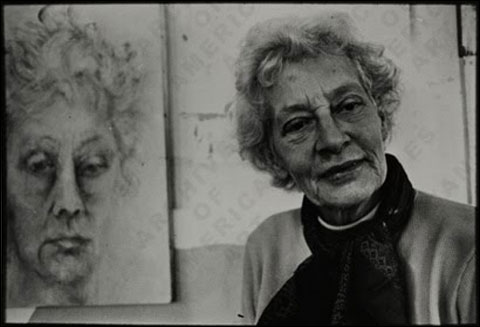Second to last post on Prague puppet making, I believe. I have had a great couple of days in the magical world of the czech language, in colder than expected studios with inspiring sets, puppets and animators. Yesterday I went to the foam latex studio of puppet maker extraordinaire, Jarozlav Bezdek.

I spent the day making the hands for a puppet I have designed and will complete by the end of this week. The hands will be, in their final form, made out of a foam latex material, which is softer and lighter that the latex available in the plaster shed.
The process of making puppet hands is quite simple, as I learnt, but it requires some materials which might not be so easy or cheap to acquire. First, I experimented in clay to model the right hands for the puppet I had in mind. I went through a couple designs, finally deciding on some rougher larger hands that will hopefully look a bit more like wood than latex. The best way to model hands of of clay is by carving them out of a block. Making them through an additive process took a bit more time and resulted thinner than I expected, too thin for the wire that will be fitted inside.

After the hands were modeled, I stretched out a rectangular panel of clay, about 1/2 " thick or half the thickness of the hands I made, and I traced the outline of the hands on the sheet of clay. Use a different color than the hands, so you can better separate the two later. I carved out the shape of the hands following the outline and fitted them in there. Then, with L shaped metal corners surrounding the hands, I covered the hands in plaster.

After it dried I flipped it over and removed the layer of clay. The hands remained attached to the plaster. I covered the other side of the hands in plaster in the same way as before, adding a layer of soap in between to separate the two sides. A couple pieces of clay are used also after the layer of soap to make it easier to get the hands out of the mould.
The puppets I was learning to make have only 4 fingers because of the mechanism that is used to attach them to the armature. The wire used for the fingers was made of very soft lead. Do not lick the lead, it will make you sick! When the mould is dry, the clay hands are removed and the wire is fitted into it. The latex mixture is poured into either side of the mould and eventually baked in an oven to complete the process. Contact me if you are interested in making some puppets or puppet hands out of foam latex in the near future, or if you have any questions about the process or the vague descriptions I wrote where I brush over important details !
I'll post soon on armature design and technical drawings.
Happy animating. Make some puppets and watch
THIS!-angela

















































